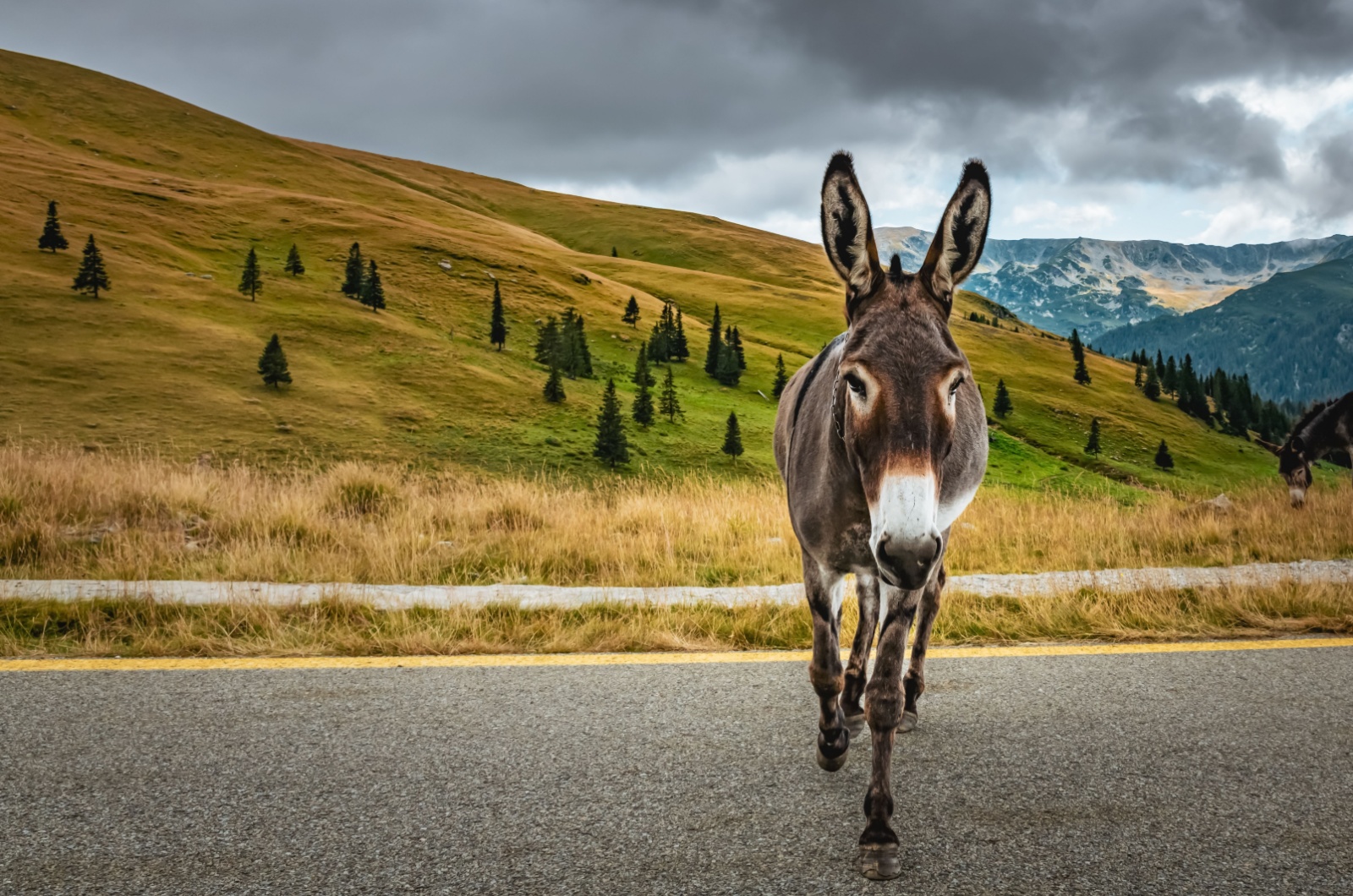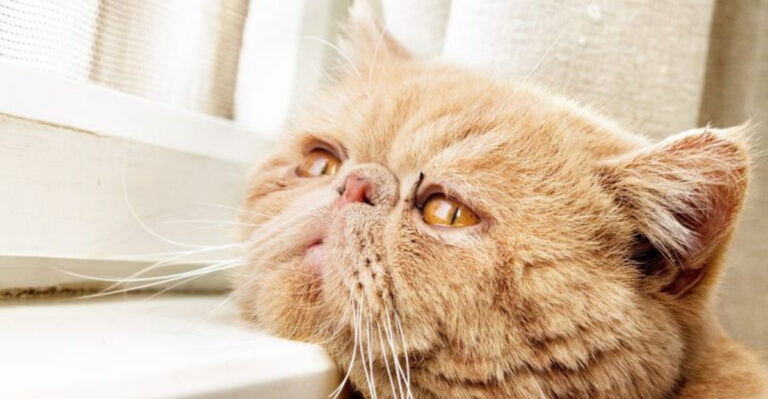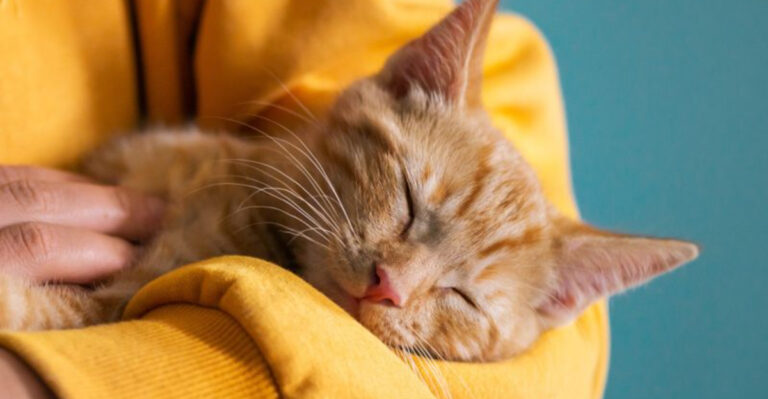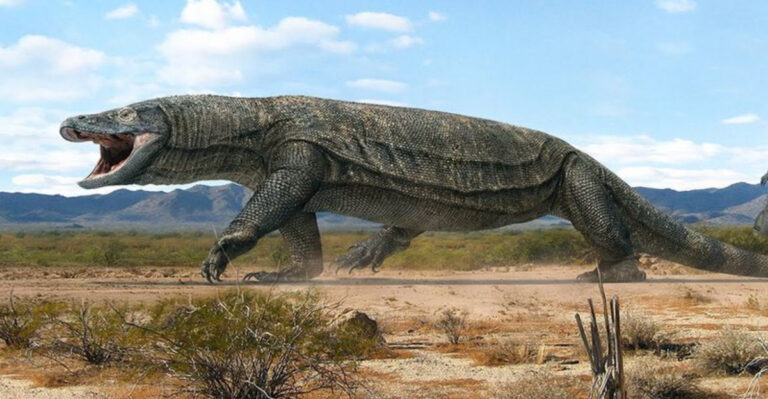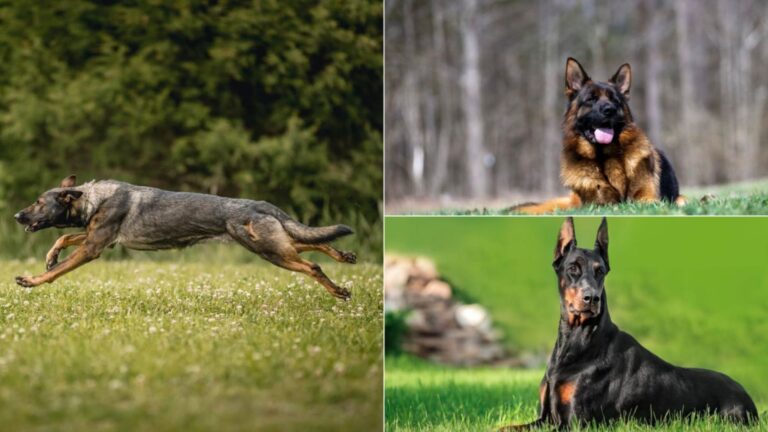17 Animals That Can Easily Scare Off Coyotes
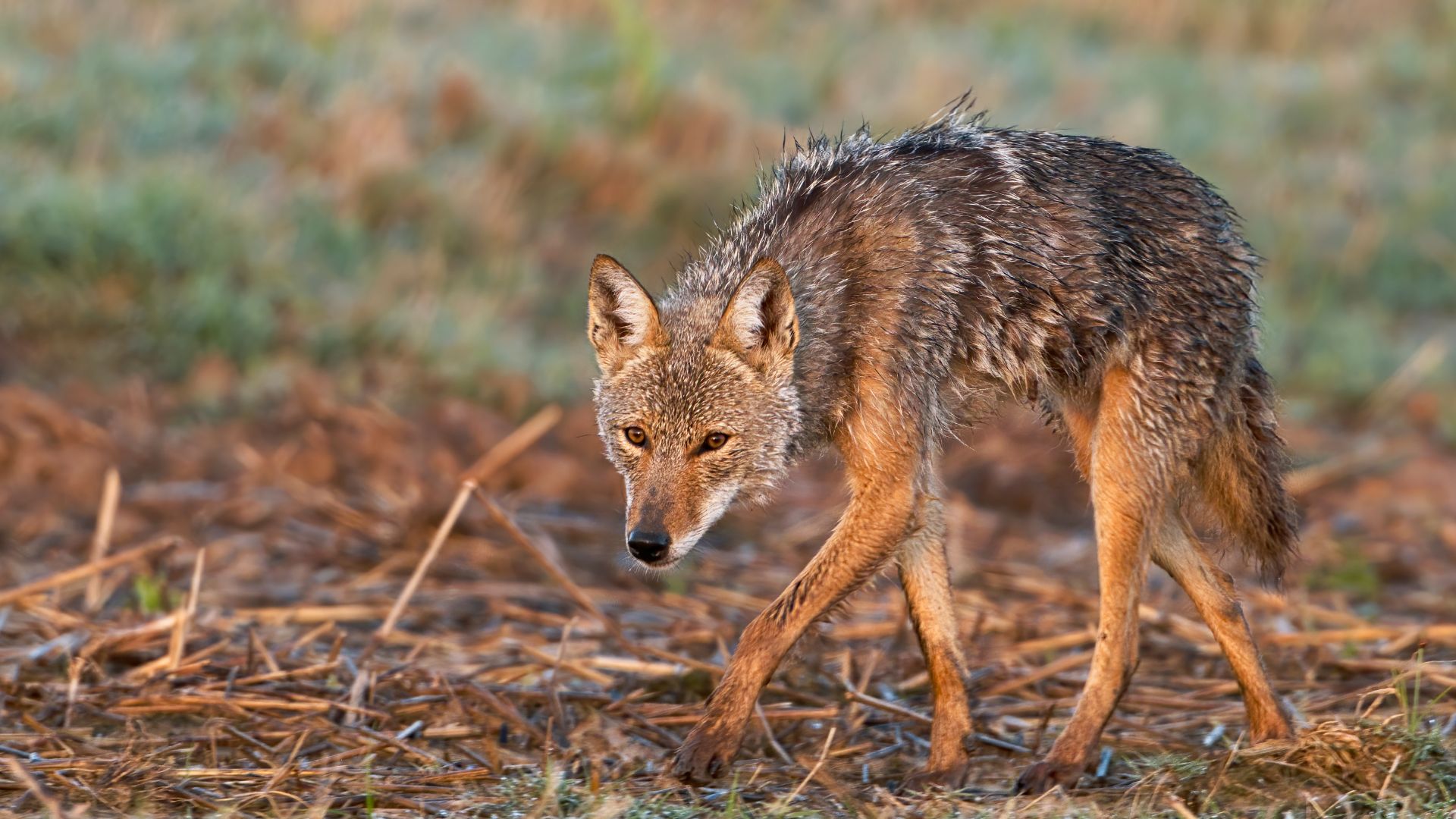
Coyotes are known for their cunning and adaptability, but even they know when to avoid certain animals that are just too powerful or intimidating.
Whether it’s due to size, strength, or sheer aggression, some animals are naturally equipped to scare off coyotes, ensuring their territory remains undisturbed.
Understanding these creatures and their role in the ecosystem helps us appreciate the balance of nature, where each animal plays its part in keeping the environment in check.
1. Great Horned Owl
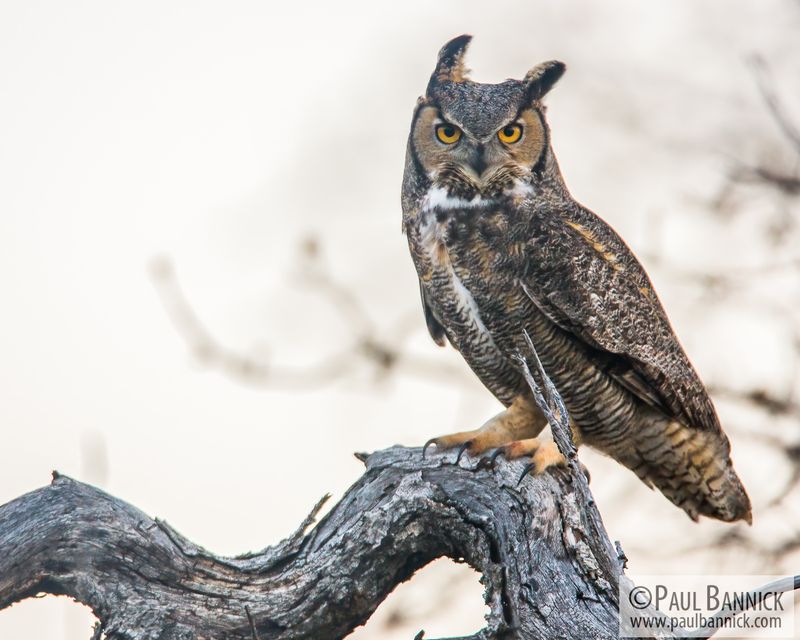
Great Horned Owls are nocturnal hunters with a fierce reputation. These powerful birds have a wingspan of up to five feet, making them one of the largest owls in North America. Their diet includes small mammals, which sometimes coincides with the prey of coyotes.
The owl’s silent flight and sharp talons make it a formidable predator. Coyotes respect the owl’s hunting prowess, often avoiding areas where these owls are known to hunt. The piercing call of the Great Horned Owl is enough to send shivers down a coyote’s spine.
Their territorial nature means they will defend their area aggressively, further deterring coyotes. For people looking to manage coyote populations naturally, encouraging the presence of Great Horned Owls can be beneficial.
2. Large Dog Breeds
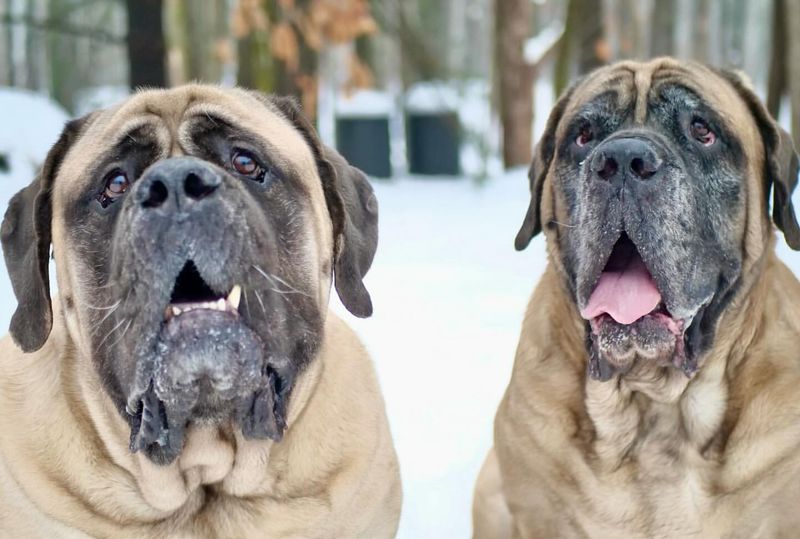
Large dog breeds like German Shepherds and Great Pyrenees are known for their protective instincts and imposing size. These dogs are often used as livestock guardians, a role that naturally involves warding off predators like coyotes.
Coyotes tend to be cautious around these dogs, as their size and bark indicate a formidable challenge. The presence of a large dog on a property can significantly reduce the likelihood of a coyote venturing close.
Training these breeds to coexist with livestock while being on high alert can create a natural defense against coyotes. Owners must ensure their dogs are well cared for and trained to maximize their effectiveness as deterrents.
3. Bison
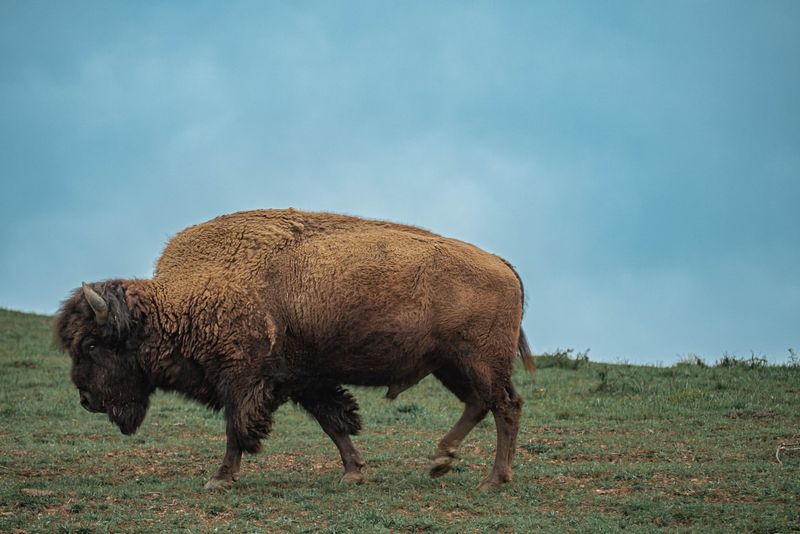
Bison are massive creatures that roam the North American plains. Their sheer size and strength make them formidable against most predators, including coyotes. A mature bull can weigh up to 2,000 pounds, presenting a significant threat to any predator.
Coyotes are unlikely to attack healthy bison, preferring to avoid confrontation with these giants. Bison herds are protective, and their group dynamics mean they can collectively fend off threats.
The presence of bison in an area signals to coyotes that easier prey should be sought elsewhere. Efforts to conserve and restore bison populations can contribute to natural coyote deterrence.
4. Moose
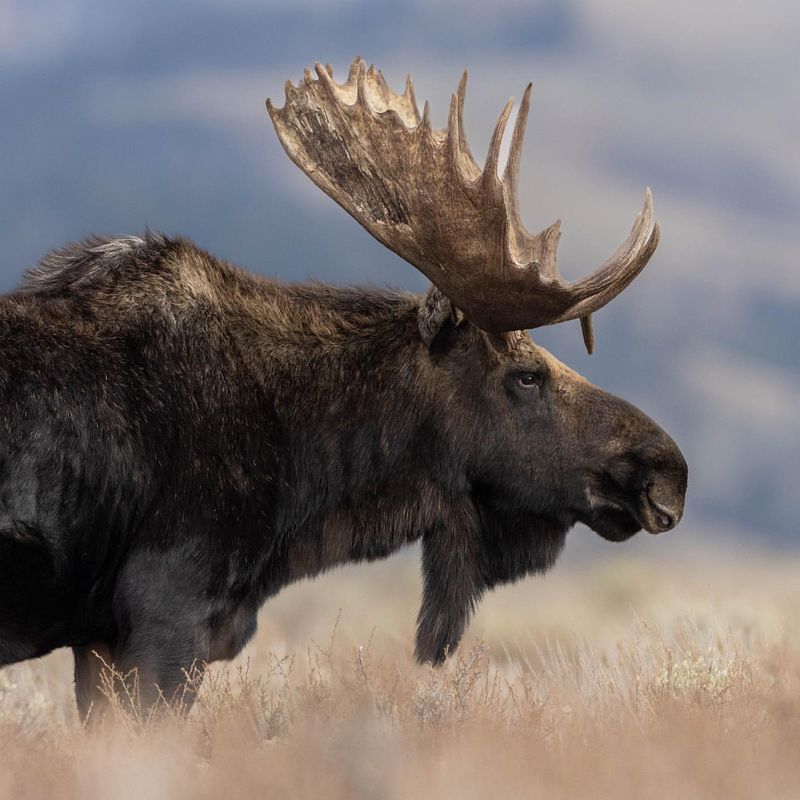
Moose are among the largest members of the deer family, and their size alone is enough to intimidate coyotes. These solitary animals are known for their aggression when threatened, especially during the mating season.
Coyotes find moose to be formidable opponents due to their powerful legs and sharp hooves. A well-placed kick from a moose can be deadly, and coyotes instinctively avoid such risky encounters.
Moose inhabit regions where they can be an effective deterrent to coyotes, naturally managing their presence through sheer intimidation. Observing these magnificent creatures can be a reminder of nature’s checks and balances.
5. American Alligator
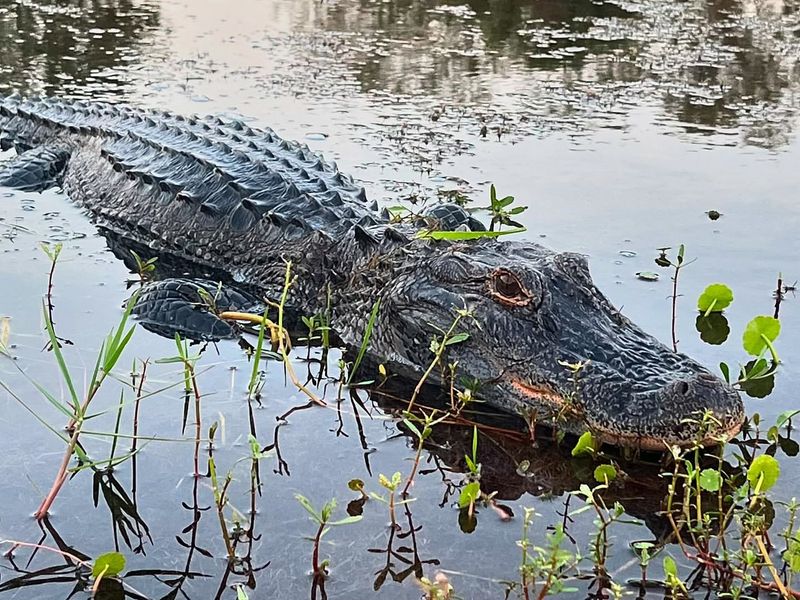
American Alligators are apex predators in their swampy habitats. These reptiles have powerful jaws and a stealthy approach, making them a serious threat to various animals, including coyotes that wander too close.
Coyotes are wary of alligators, recognizing the danger posed by these ancient creatures. Alligators can lurk motionless, waiting for prey to let its guard down before striking with incredible speed.
The presence of alligators in southern wetlands acts as a natural barrier for coyotes, discouraging them from venturing into these areas. For humans, respecting alligator habitats is crucial for maintaining this natural deterrent.
6. Gray Wolf
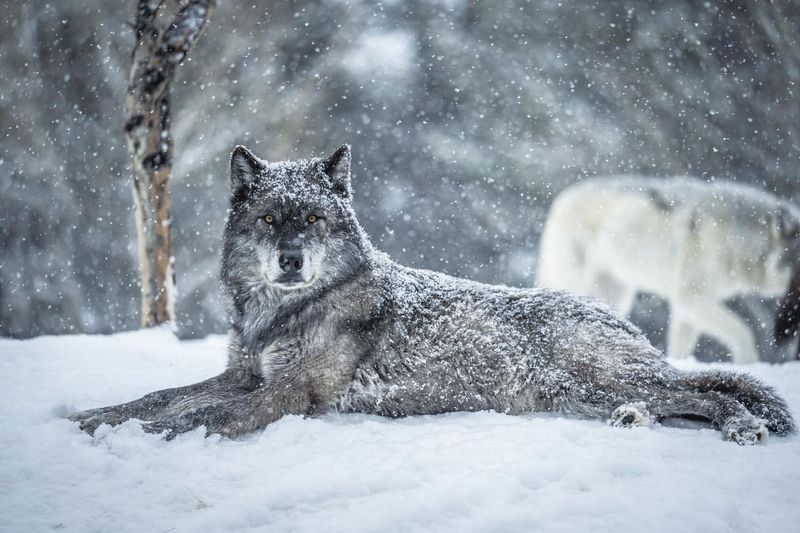
Gray Wolves are natural rivals to coyotes, often competing for similar prey. Wolves are larger and more powerful, with the advantage of pack dynamics that coyotes lack. A wolf pack can easily outmatch a solitary coyote or even a small group.
Coyotes typically avoid areas where wolf packs are active, understanding the territorial nature of wolves. The presence of wolves in an ecosystem naturally regulates coyote numbers.
Reintroduction of wolves into certain areas has shown positive effects in controlling coyote populations, demonstrating the balance predators bring to their environment. Observing wolf behavior can teach us much about predator and prey dynamics.
7. Mountain Lion
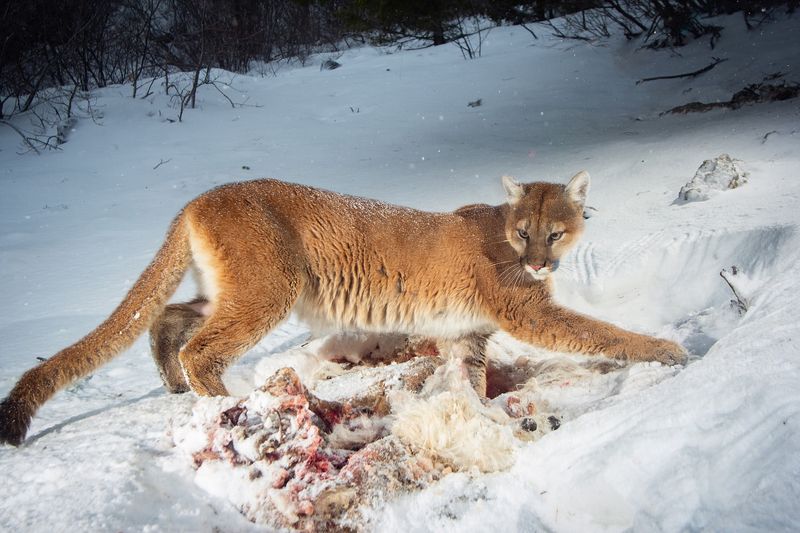
Mountain Lions, also known as cougars, are stealthy and powerful predators. They inhabit mountainous regions and have a wide range that sometimes overlaps with coyote territories. Coyotes are cautious of mountain lions, aware of their ability to ambush and overpower.
A mountain lion’s territory is often marked by minimal coyote presence, as they avoid these apex predators. For those living in mountain lion habitats, understanding and respecting these creatures can help maintain a natural deterrent against coyotes.
Coexisting with mountain lions requires awareness and safety measures, benefiting both humans and wildlife.
8. Black Bear
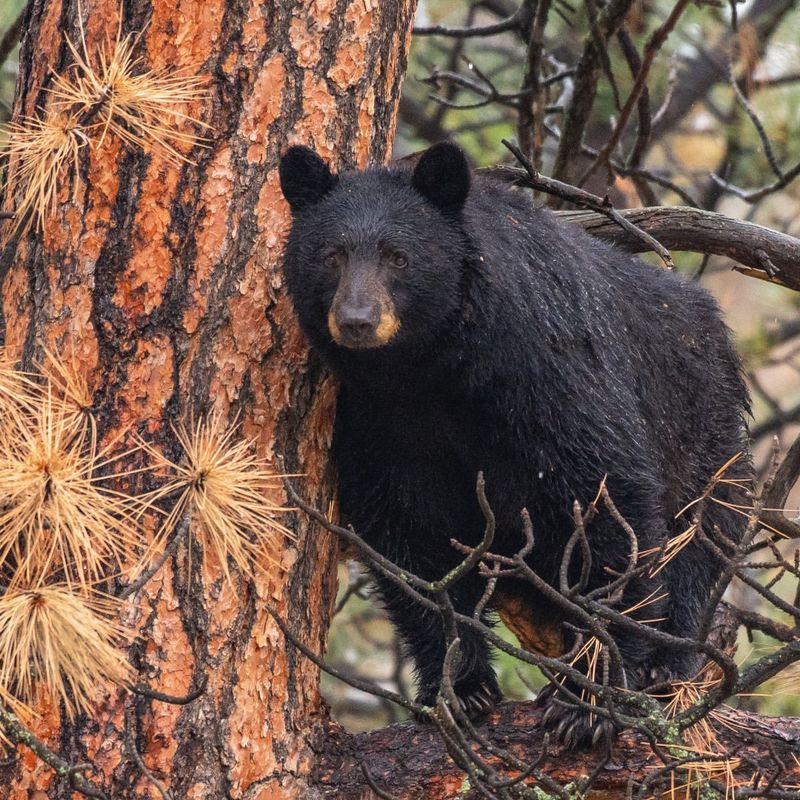
Black Bears are omnivorous mammals that command respect in their habitats. While they do not actively hunt coyotes, their size and strength make them an intimidating presence. Coyotes are wary of black bears, avoiding areas where these bears are known to roam.
Black Bears are generally solitary but will defend their territory if provoked. Their ability to stand on hind legs and their loud vocalizations can easily scare off coyotes.
The presence of black bears is a natural deterrent to coyotes, and understanding their habits can help in coexisting peacefully with these magnificent creatures. Conserving black bear habitats benefits the ecosystem and helps manage coyote populations.
9. Grizzly Bear
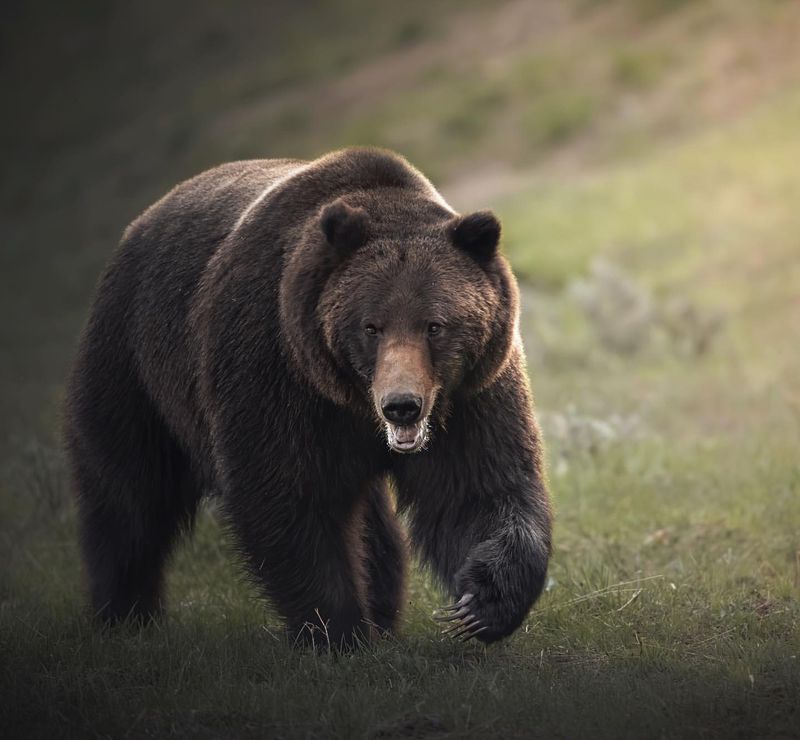
Grizzly Bears are larger than their black bear cousins and possess immense strength. Their territories overlap with coyotes, creating natural avoidance behavior in the latter. A grizzly’s size and aggressive nature when threatened make them formidable adversaries.
Coyotes steer clear of grizzly bears, understanding the risk of confrontation with these powerful creatures. The mere scent of a grizzly can deter coyotes from entering an area.
Efforts to protect grizzly bear populations ensure that these natural deterrents continue to thrive, maintaining balance in the ecosystem. Observing grizzlies in the wild underscores the majesty and power of nature’s design.
10. Bobcat
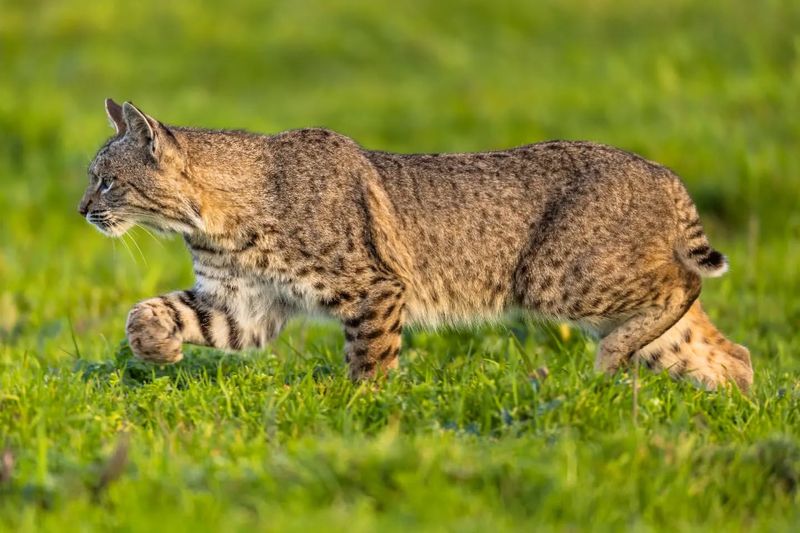
Bobcats are medium-sized felines known for their stealth and hunting skills. While smaller than some other predators, bobcats can pose a threat to coyotes, particularly young or inexperienced ones.
Coyotes respect the bobcat’s ability to hide and ambush, often avoiding areas where bobcats are prevalent. The bobcat’s elusive nature adds an element of unpredictability that coyotes generally avoid.
Encouraging bobcat populations through habitat conservation can aid in naturally controlling coyote numbers. These cats are a testament to the intricate balance of predator-prey relationships in nature.
11. Eurasian Lynx
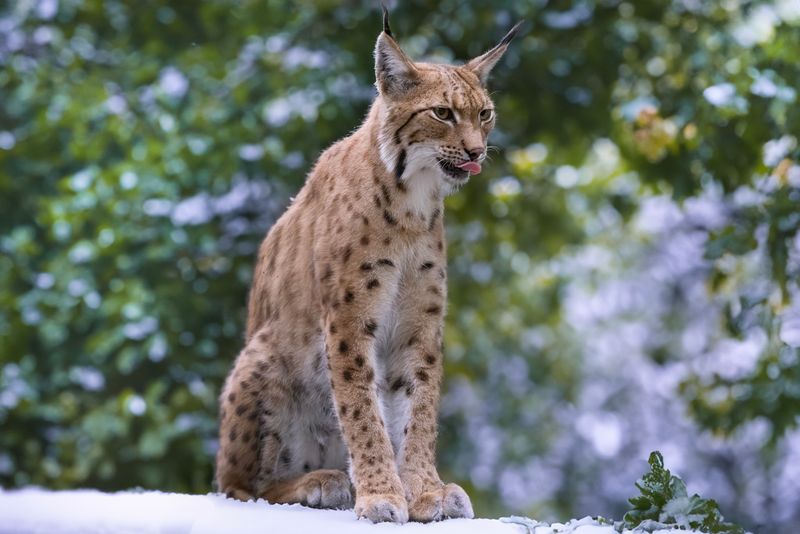
The Eurasian Lynx is a powerful feline that resides in dense forests and mountainous regions. Its strength and agility make it a formidable opponent for many animals, including coyotes. Coyotes are wary of the Eurasian Lynx, understanding its capability to strike swiftly and decisively.
This lynx’s territory is often avoided by coyotes, reducing their presence in areas where the lynx is active. Conservation efforts for the Eurasian Lynx help maintain ecological balance, providing a natural means of coyote control.
Observing these majestic cats offers insight into the harmonious workings of natural ecosystems.
12. Golden Eagle
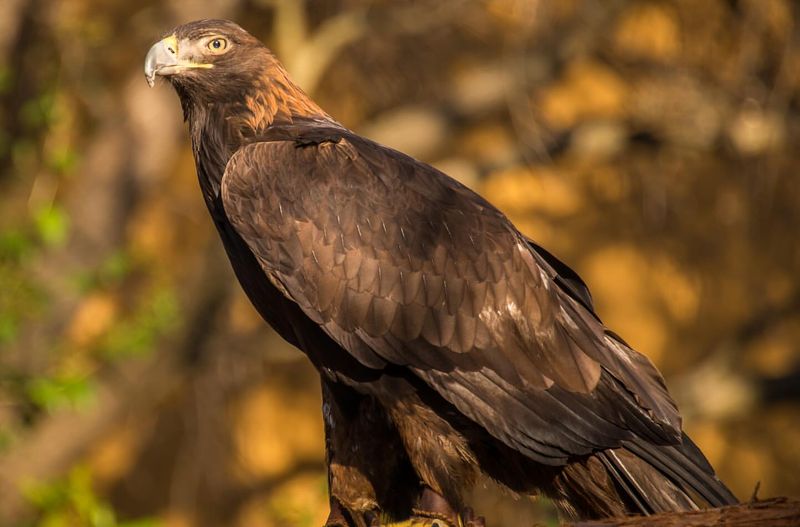
Golden Eagles are renowned for their hunting prowess and keen eyesight. These raptors can target small animals, making them a threat to coyotes when hunting for food. Coyotes often steer clear of areas dominated by Golden Eagles, recognizing the risk posed by these aerial predators.
The eagle’s ability to dive at incredible speeds adds an element of danger for unsuspecting coyotes. Encouraging habitats for Golden Eagles can naturally aid in controlling coyote populations.
These birds symbolize the majesty of avian predators and their role in maintaining ecological balance.
13. Red Fox
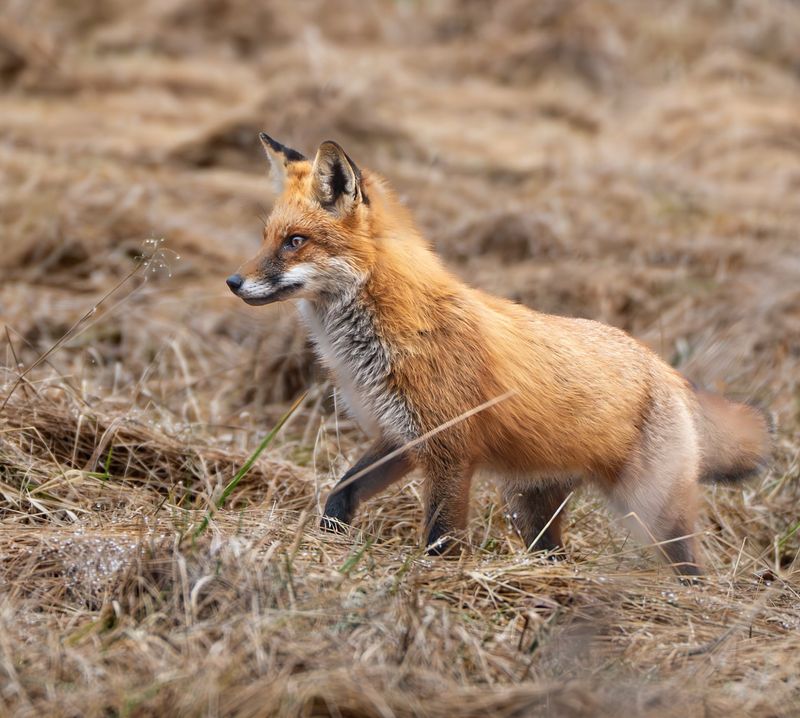
Red Foxes, while not physically imposing, are clever and resourceful animals. Their agility and cunning often put them at odds with coyotes, who recognize the fox’s ability to outsmart them.
Coyotes may avoid areas occupied by red foxes, preferring not to engage in unnecessary competition. The fox’s ability to evade and outwit makes it a tricky adversary.
Supporting red fox habitats through conservation efforts can contribute to balanced ecosystems, where each species plays its role. These foxes highlight the intelligence and adaptability found in nature’s array of predators.
14. Donkey
Donkeys are surprisingly effective at scaring off coyotes. Known for their strong protective instincts, donkeys are often used as livestock guardians.
They will bray loudly, stomp, and even chase away predators like coyotes when they perceive a threat. Their territorial behavior makes them a valuable addition to farms or properties in coyote-prone areas.
15. Ostrich
With their incredible speed and powerful legs, ostriches can be formidable opponents for coyotes. These large, flightless birds are known to kick with immense force, which can deter predators.
Their size and intimidating presence make them effective at protecting themselves and deterring potential threats from encroaching on their territory.
16. African Elephant
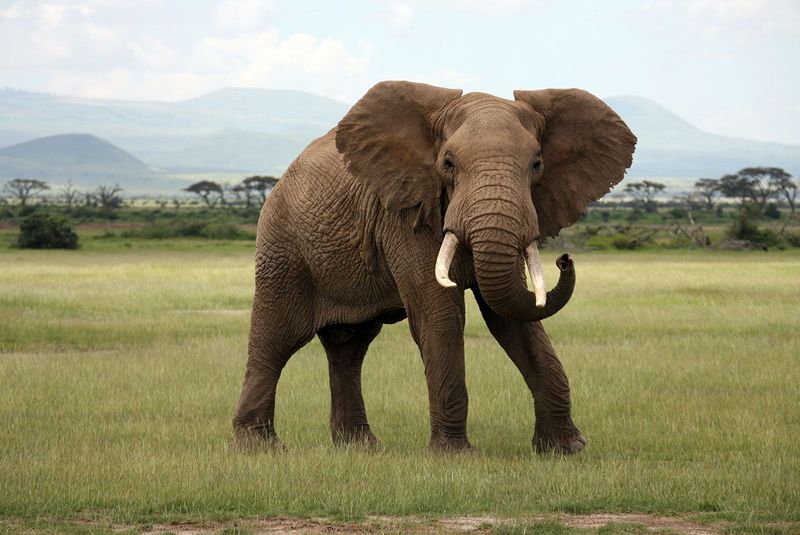
The sheer size and strength of African elephants make them a formidable presence that coyotes are unlikely to approach.
Elephants are protective and highly territorial, often driving away smaller predators like coyotes that come too close to their territory.
17. Hippopotamus
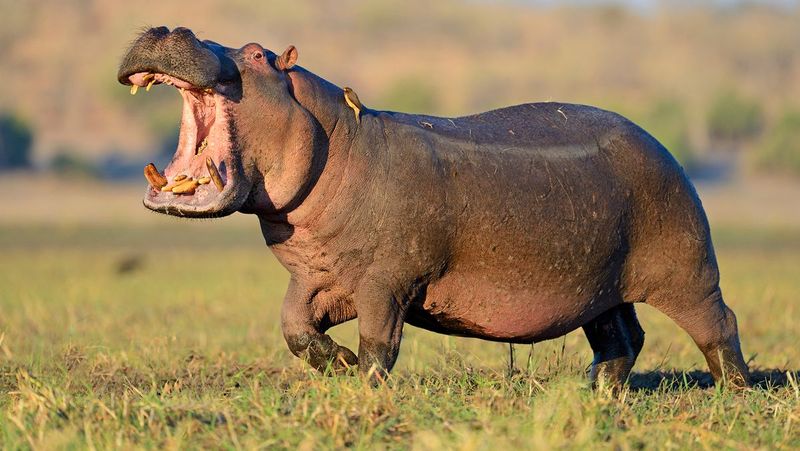
Hippopotamuses, with their massive size and aggressive behavior, are another animal that would easily intimidate coyotes.
Known for being territorial and protective, they have the strength and power to ward off any potential threats, including coyotes.

